Can You Use Salicylic Acid With Retinol?
Written by: Lucy Partington
Updated on: 21 May 2024

Trying to figure out a skincare routine that works well for you and delivers your desired results isn’t always the easiest of tasks. There are a confusing amount of different products and ingredients available nowadays, and since not everything works well together, it can be difficult to know what ingredient can be used with what.
Two popular and very common ingredients that you’ve likely come across are retinol (which sits within the family of retinoids, the overarching term) and salicylic acid. Both are excellent in their own right, and if you’re wondering if they can be used together, then you’ve come to the right place.
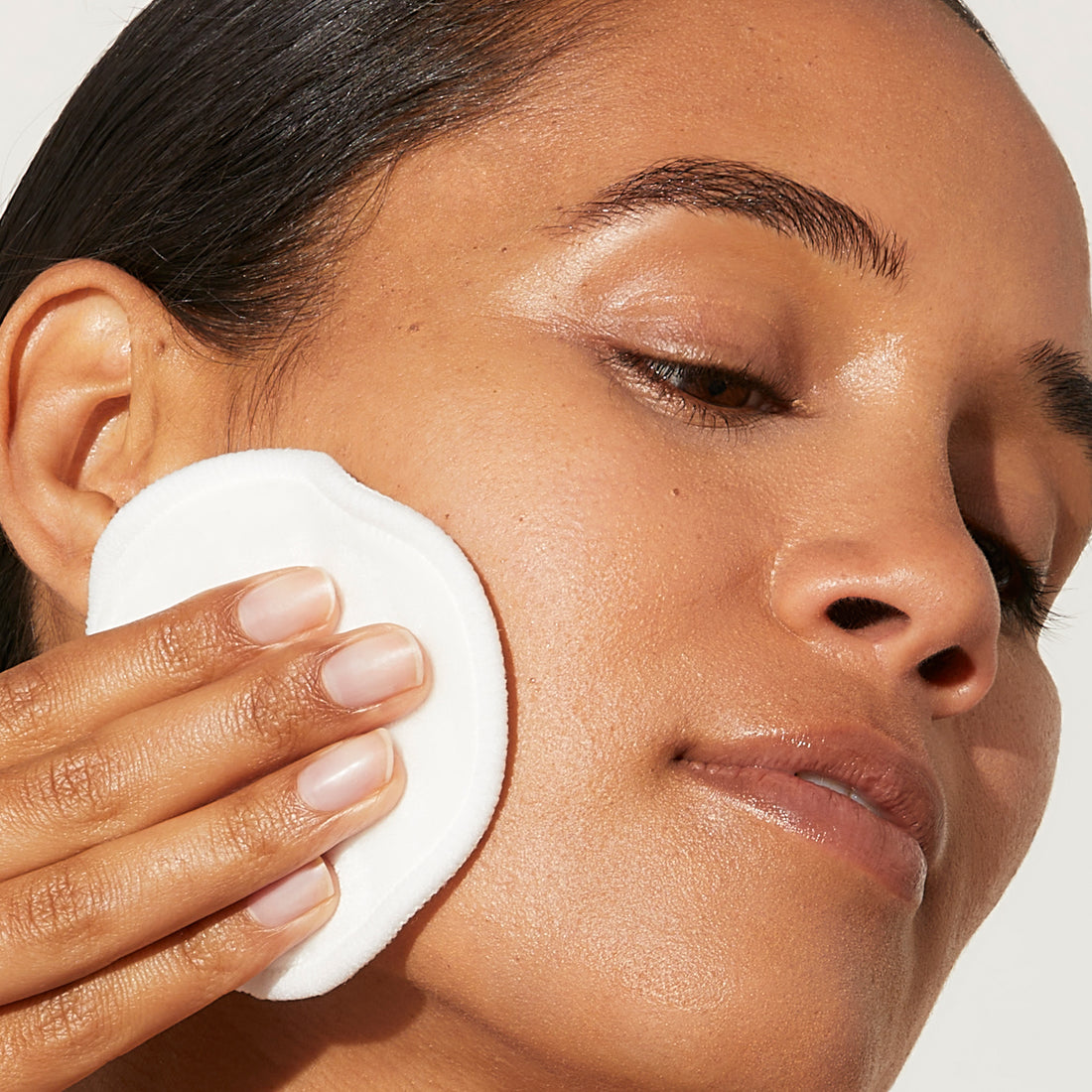
What is salicylic acid?
Salicylic acid is a beta hydroxy acid (BHA) that is derived from willow bark. It’s most commonly used in skincare targeted towards oily and acne-prone skin conditions, as well as being good to help refine and unclog pores, blackheads and whiteheads. It comes in varying strengths with the maximum in over the counter products (i.e., those not on prescription) being 2% and different forms, from cleansers to toners and serums. It works by penetrating deep within the skin’s oil glands, dissolving the acne-causing bacteria and any blockages caused by dead skin cells, oil and other dirt and debris.
Salicylic acid uses
✓ Acne treatment
✓ To exfoliate the skin
✓ Prevent breakouts
✓ Fades pigmentation
✓ Refines pores
What is retinol?
Retinol is a type of retinoid, which are derivatives of vitamin A. Considered a powerhouse within the skincare industry, retinoids work to help speed up skin cell turnover and encourage the production of both collagen and elastin to improve the look and feel of skin. As a result, that helps tackle both blemishes and pigmentation as well as helping to reduce fine lines and wrinkles and improving the overall health of skin.
Retinol uses
✓ Stimulating collagen production
✓ Firming and smoothing skin
✓ Improving acne
✓ Evening out skin tone and texture
✓ Reducing the appearance of pores
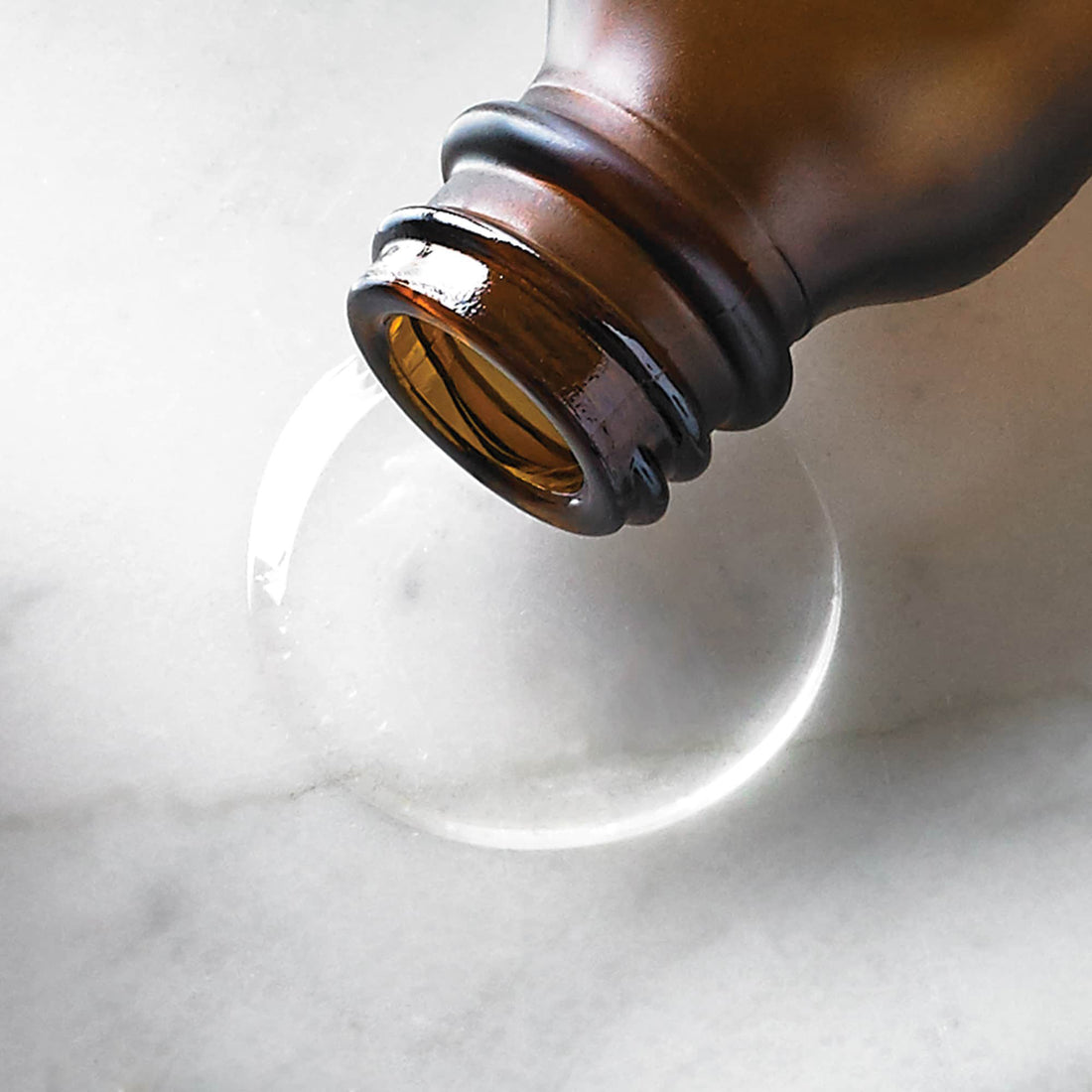
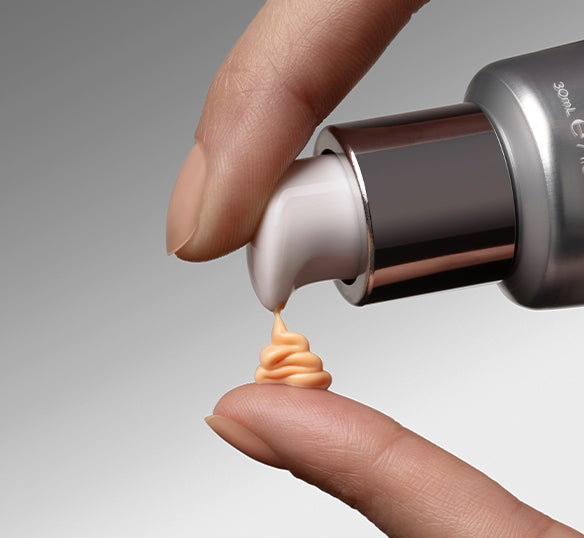
How does retinal compare?
Like retinol, retinal (retinaldehyde) is a derivative of vitamin A. However, it works 11x faster and the results are more visible more quickly. You can use it within the same routine as salicylic acid, and those with blemishes, pigmentation and fine lines will benefit from using a combination of both ingredients.
So, can you use retinoids with salicylic acid?
We get it: skin often doesn’t have just one individual concern, and that’s where combining ingredients that target different issues can get confusing. But the good news is that you can use salicylic acid with retinol within the same routine.
One thing to note is that there can be some side effects, such as dryness or over-exfoliation, that occur, but they can be minimised – or avoided altogether – by introducing each product into your routine separately to ensure your skin has time to adjust.
We recommend pairing Medik8 Press & Clear in the morning, and Crystal Retinal in the evening to ensure you’re getting the best of both worlds.
Can you use salicylic acid and retinol at the same time?
While some skin types will benefit from layering salicylic acid with retinol in the same application period, we would recommend using the former in the morning and the latter in the evening as not everybody will be able to tolerate using both at the same time.
If you’re not already using one ingredient or the other, introduce them into your routine one at a time, ideally leaving a decent chunk of time between using each one – around 48 hours if possible. Then slowly work up to using them more regularly, and once your skin is happily tolerating both of them individually, you can work up to regular use of both.
Medik8 are the experts in creating vitamin A, and retinal is the most stable form of it. Combine that with the fact all of our BHA products use gentle, time-release technology and the potential for irritation is dramatically reduced.
Is salicylic acid better than retinol?
Neither salicylic acid or retinol is universally better than the other; it more depends on your own specific skin type, skin concerns and overall goals. Below, we have broken down different concerns and different skin types to help you work out which one is better for you.
Retinol vs salicylic acid
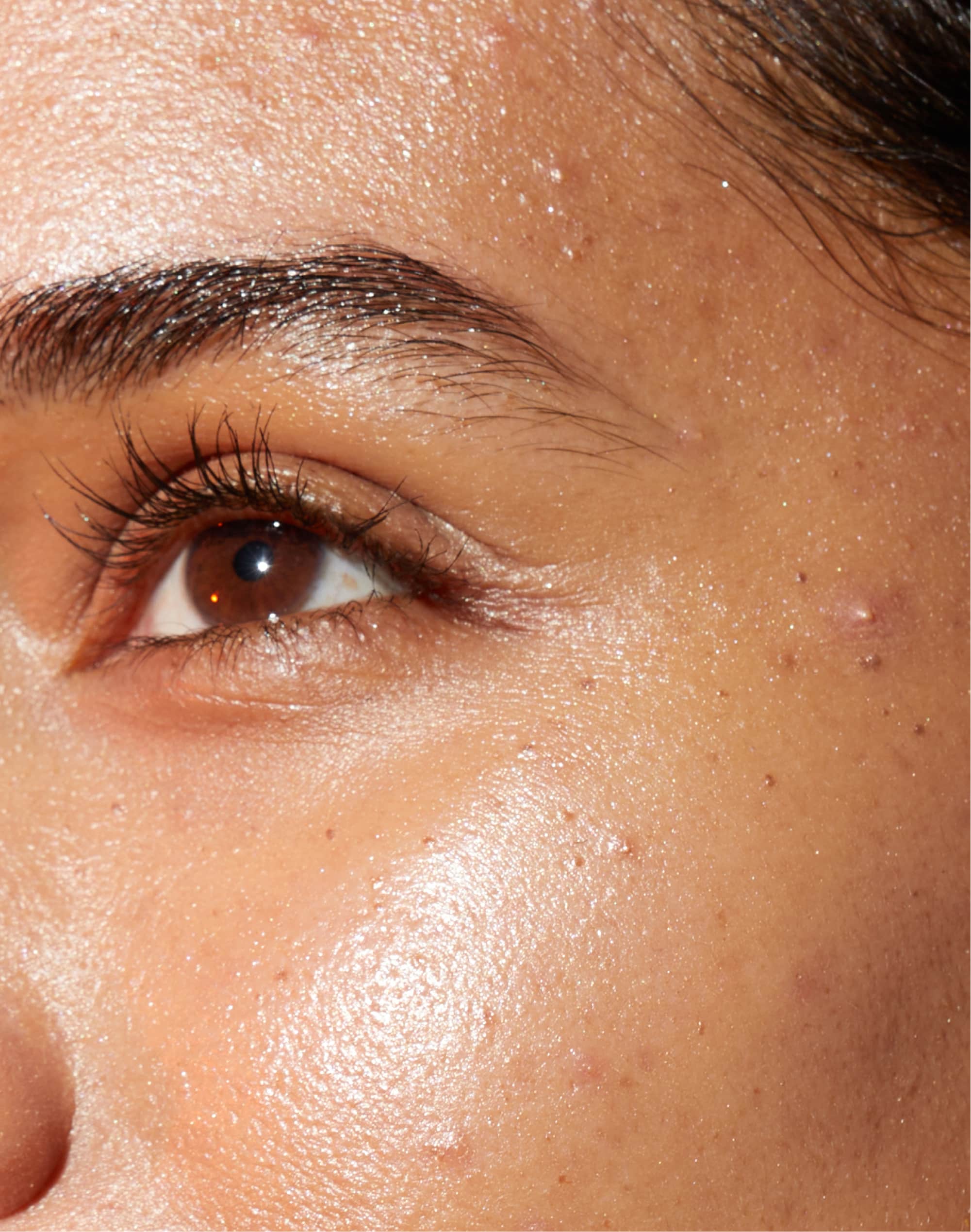
For acne
Both salicylic acid and retinol are good for treating acne. Depending on the severity, salicylic acid can be effective for treating breakouts, blackheads and whiteheads thanks to its ability to penetrate the skin and unclog pores.
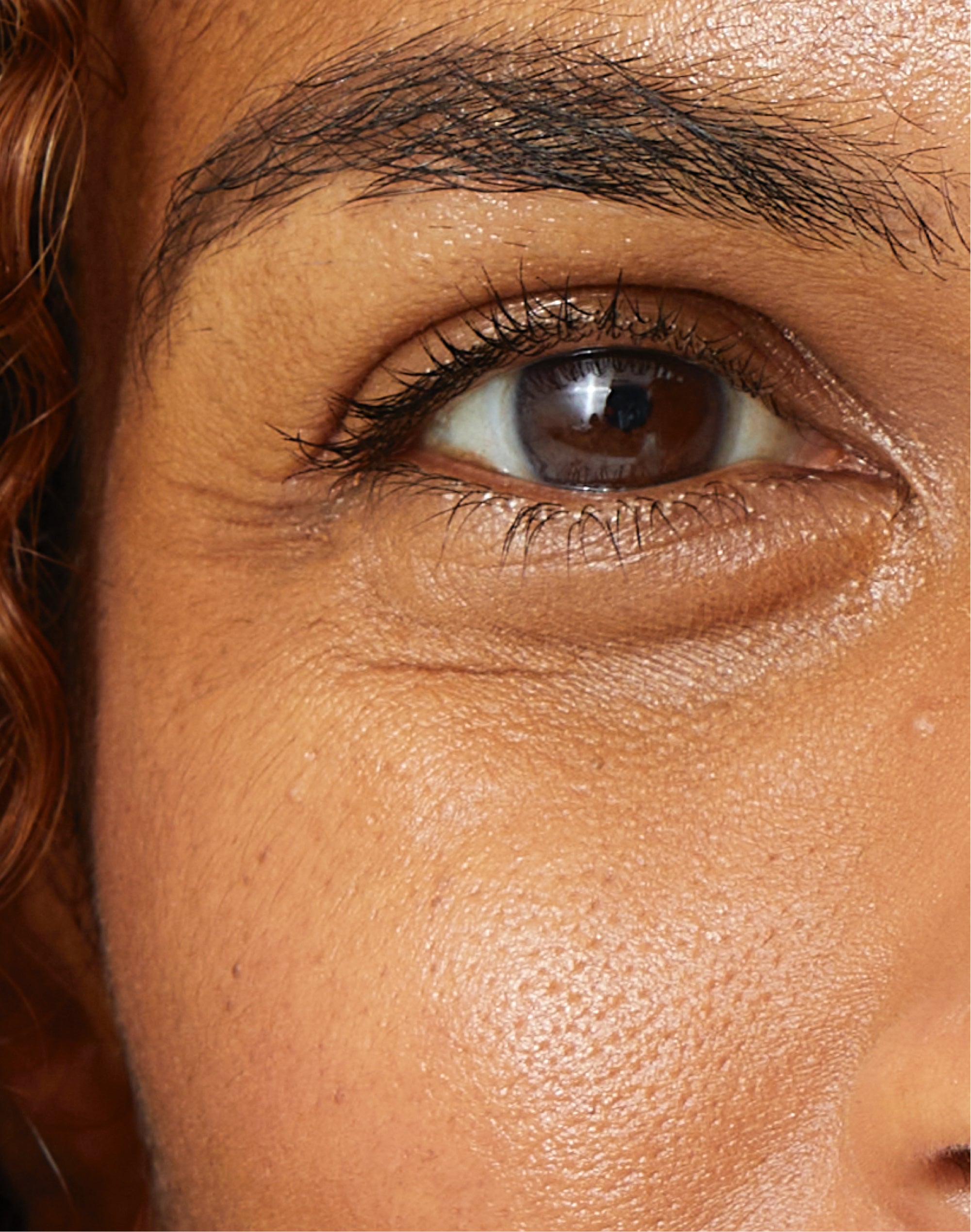
For fine lines and wrinkles
Retinol is best for targeting fine lines and wrinkles because it works deep within the skin to stimulate collagen and elastin production, which help plump, firm and hydrate skin.
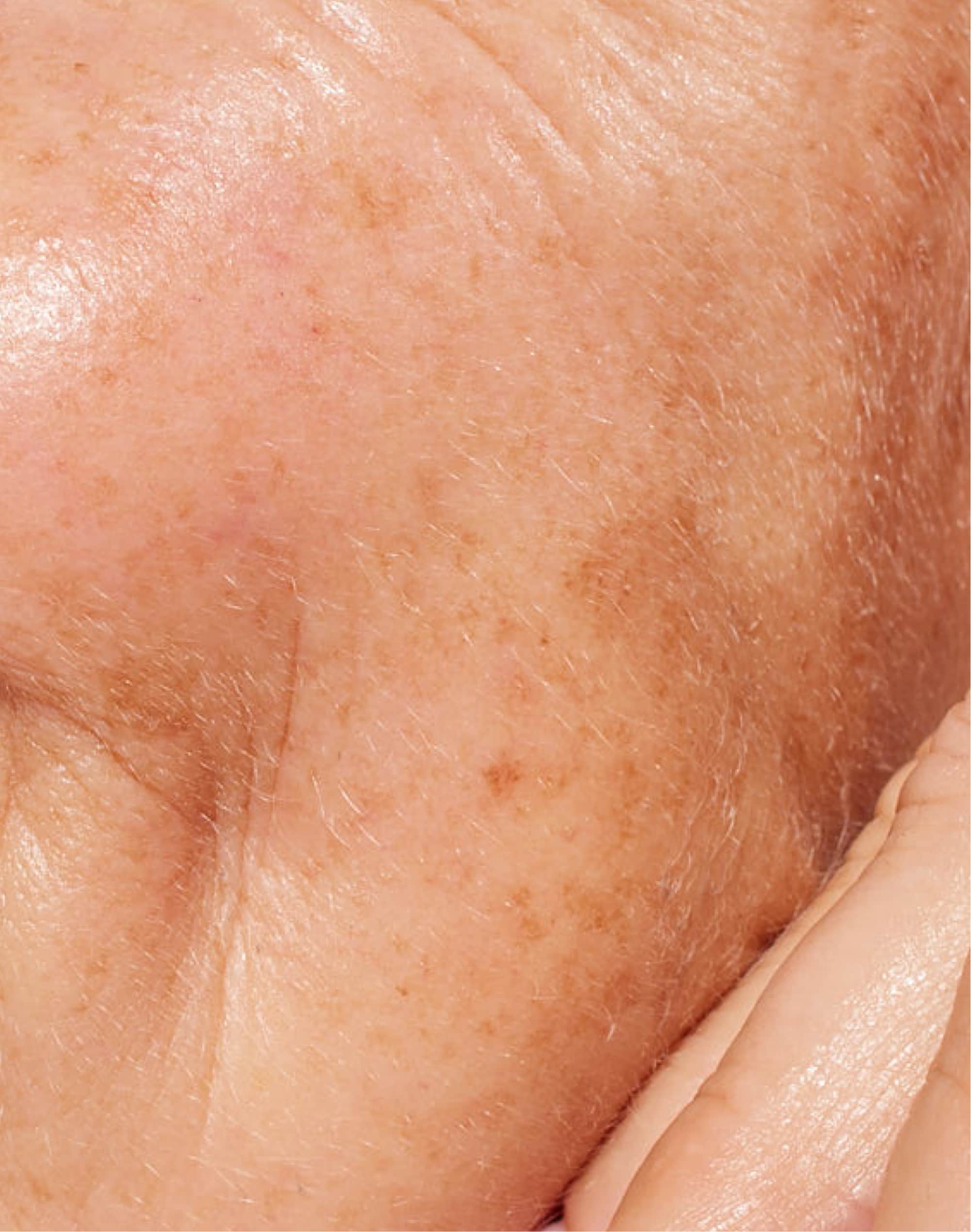
For hyperpigmentation and dark spots
Thanks to vitamin A’s ability to speed up skin cell turnover, incorporating a retinal into your routine can help fade pigmentation and dark spots.
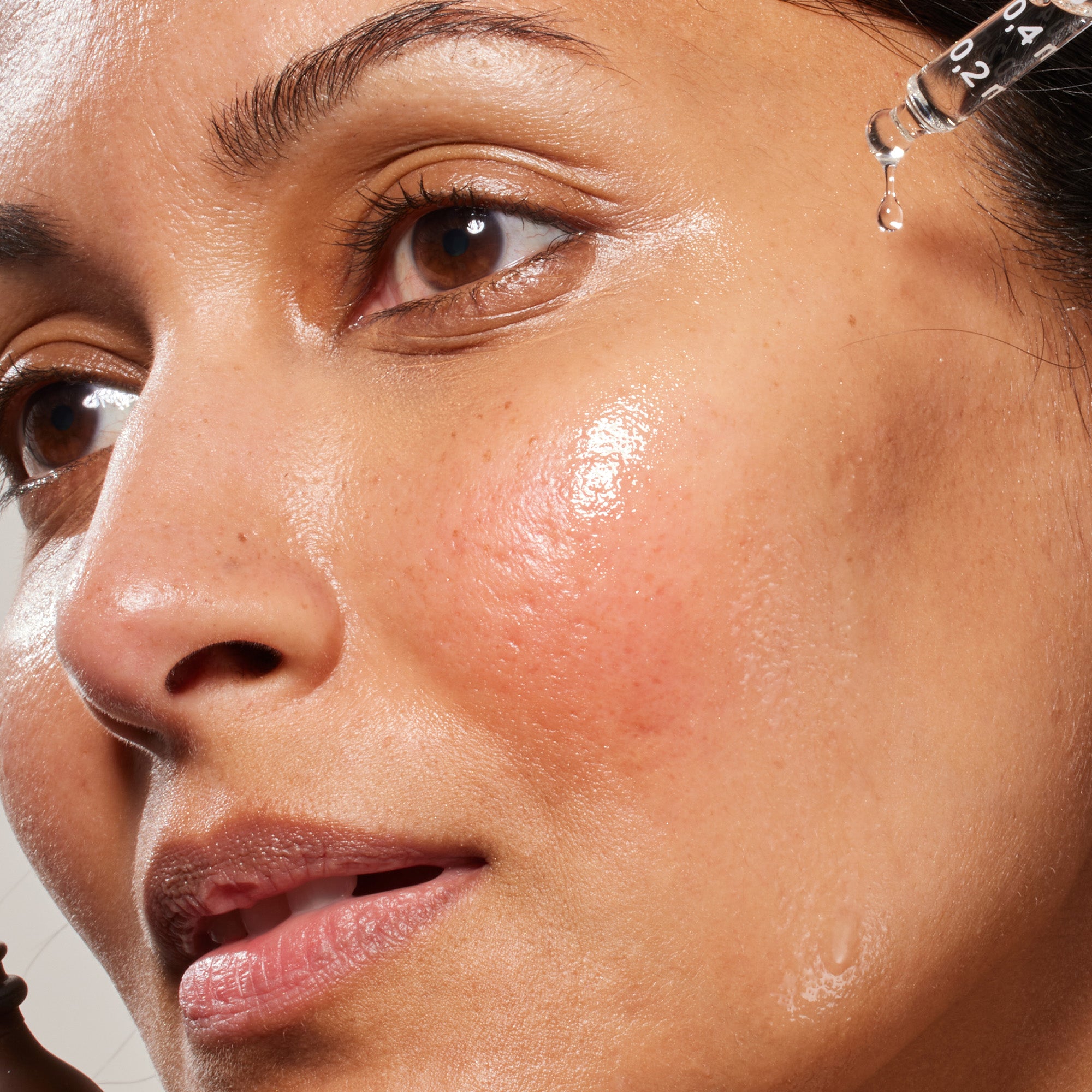
For redness prone skin
Salicylic acid can help to soothe irritation and help calm any redness associated with blemishes and breakouts.
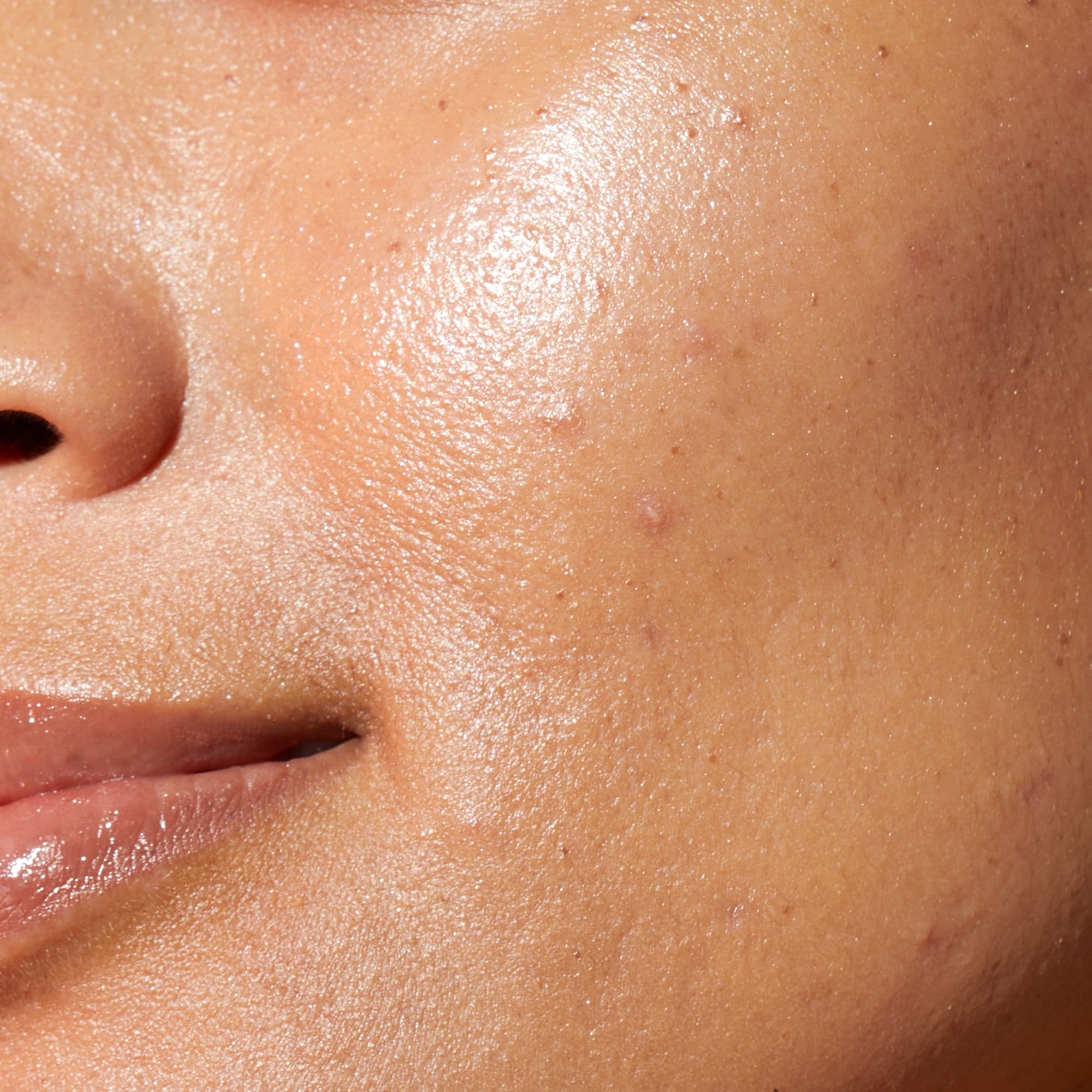
For sensitive skin
Retinal is the best option here due to its lower irritation potential combined with its powerful age defying properties.
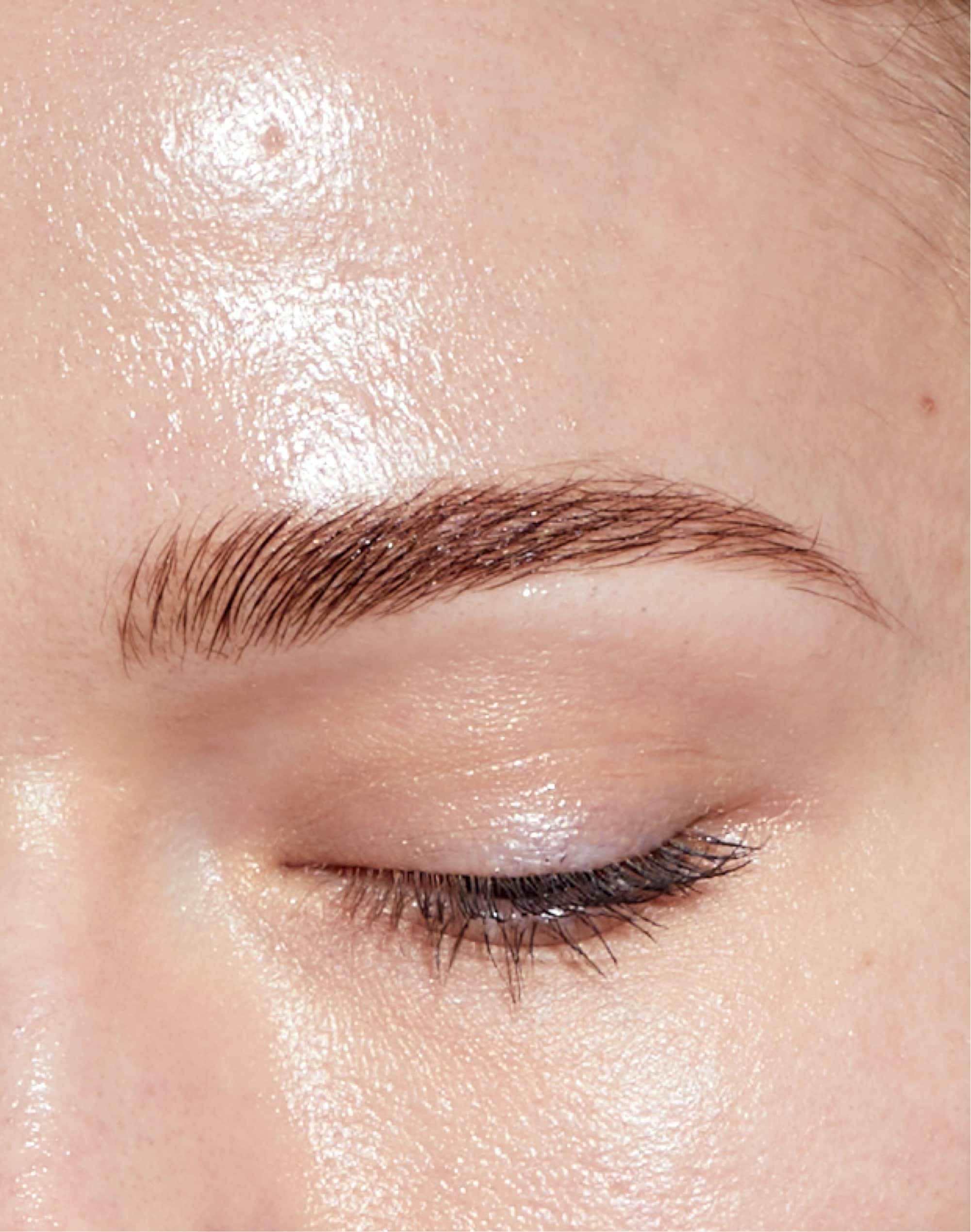
For oily skin
Salicylic acid is best for oily skin types as it helps to control sebum production within the skin.
What are the benefits of combining retinol with salicylic acid?
✓ Enhanced exfoliation that leads to radiant skin
✓ Improved acne treatment
✓ Helps reduce the appearance of blemishes and dark spots
✓ Reduced signs of ageing
✓ Evens out skin tone
✓ Bolstered anti-inflammatory effects
✓ Improved product absorption
How to use salicylic acid and retinol together
Combining both salicylic acid and retinol in one routine can be highly effective, but be aware that it can also come with a risk of causing irritation. So if you are choosing to use them together, ensure you follow our tips listed below to help minimise the risk of potential side effects.
How to choose retinol and salicylic acid products
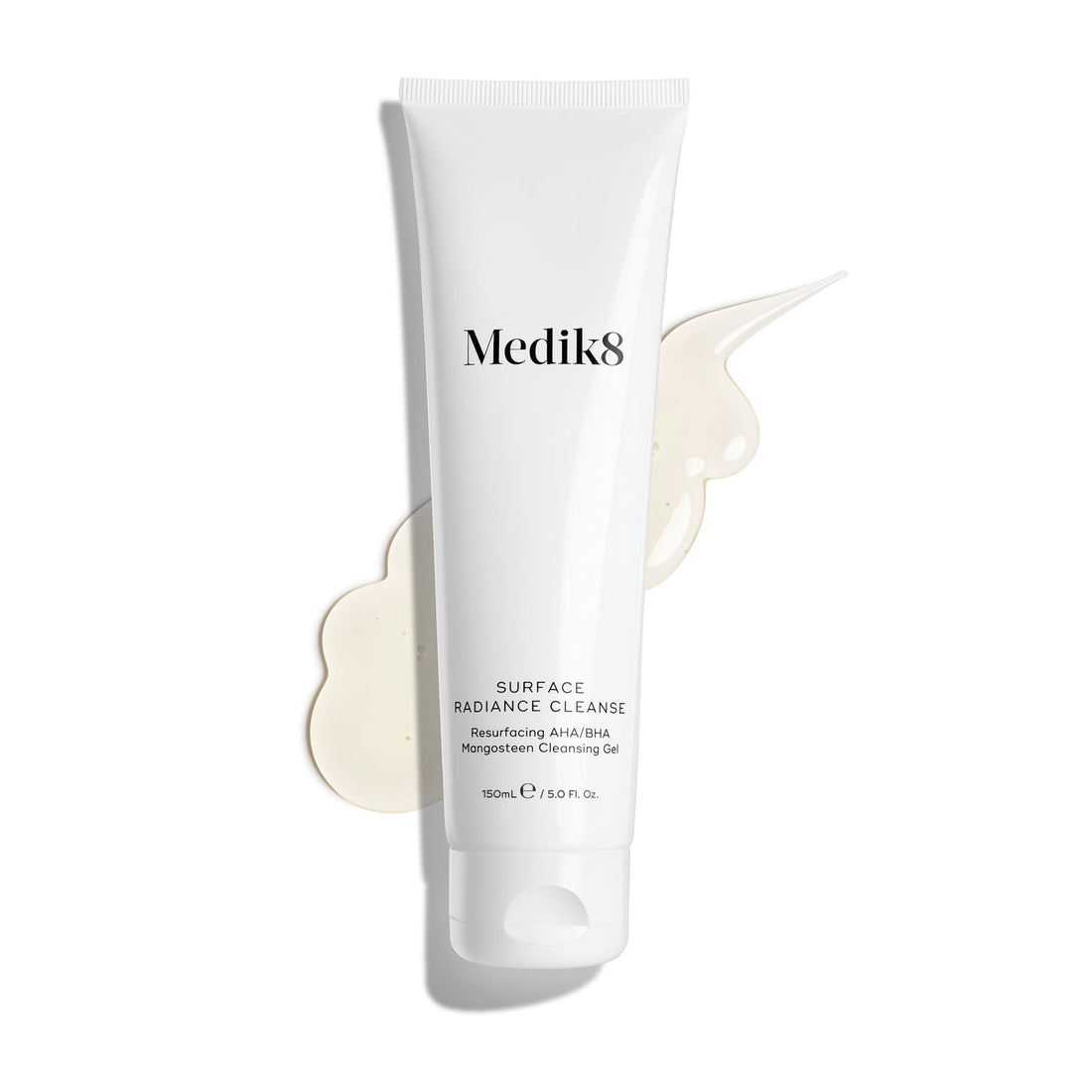
Salicylic acid-based cleansers:
Ideal for people with oily or acne-prone skin as they only have brief contact with the skin, which reduces the potential for irritation. Also a good way to be able to incorporate salicylic acid and retinol in the same routine without it causing sensitivity. Try Medik8 Surface Radiance Cleanse.
SHOP NOWSalicylic acid toner:
An exfoliating toner is a leave-on product that will provide more prolonged exposure to salicylic acid, allowing it to have a more beneficial effect. Most suitable for a targeted treatment of both acne and blackheads. Try Medik8 Press & Clear.
SHOP NOW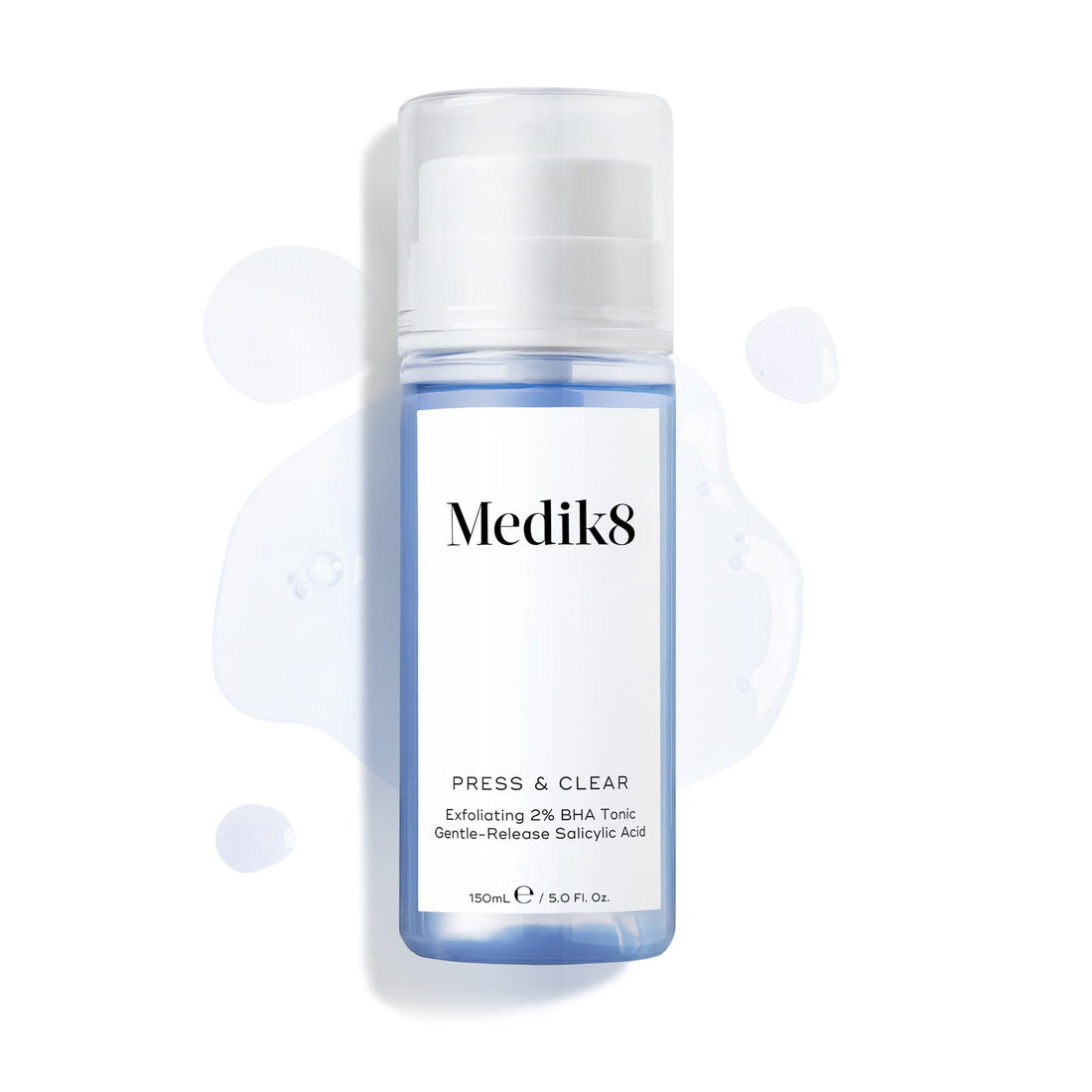
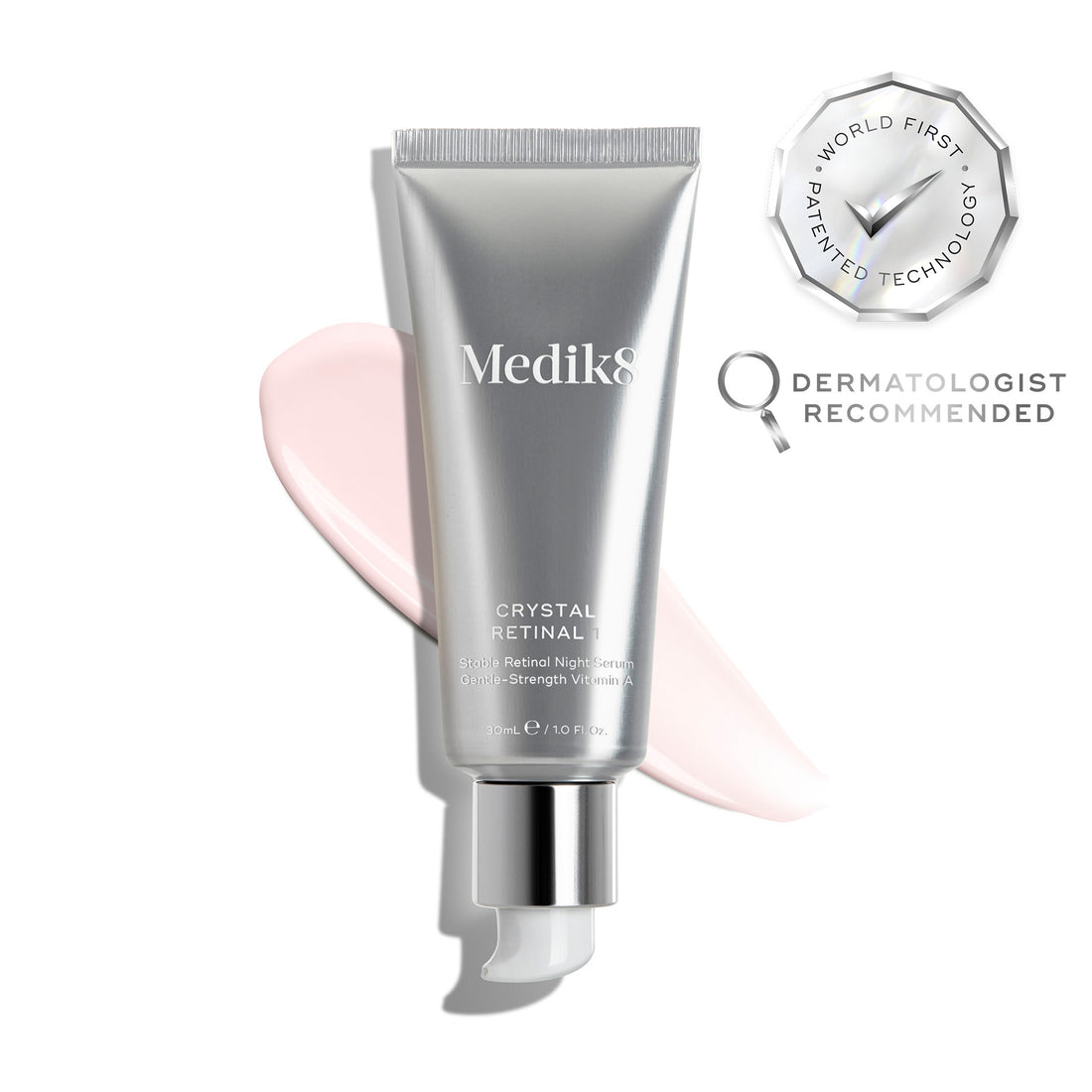
Retinoid serum:
Lightweight, non-greasy and easily absorbed, retinoid serums are ideal for layering underneath other products depending what your skin needs. Try Medik8 Crystal Retinal.
SHOP NOWRetinoid moisturiser:
Most often formulated with a blend of moisturising ingredients, they’re suitable for dry or sensitive skin types. Try Medik8 Intelligent Retinol Smoothing Night Cream.
SHOP NOW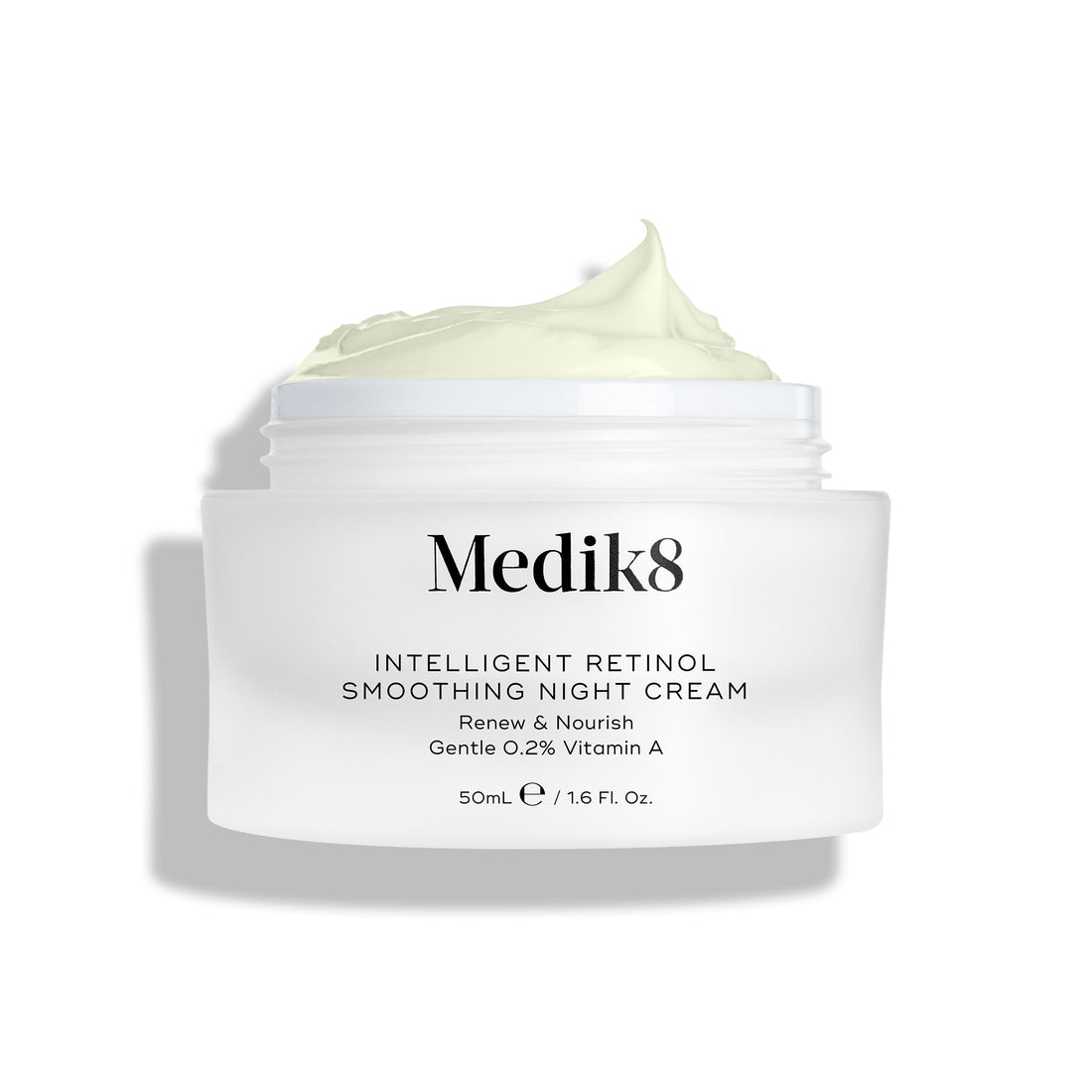
What other ingredients can you use alongside retinol and salicylic acid?
If you want to push your routine even further then there are a few other ingredients you can use alongside salicylic acid and retinoids. First and foremost we would recommend following our CSA philosophy, which encompasses vitamin C (a brightening antioxidant that helps reduce pigmentation and provides antioxidant protection) and sunscreen – non-negotiable that protects skin from the sun’s harmful UVA and UVB rays – in the morning, and vitamin A in the evening.
Salicylic acid and retinoids can also be used alongside niacinamide, which will help target blemishes while balancing oil production and calming down any related inflammation or redness. It can be used in either of your morning or evening routines, and is best applied after salicylic acid and before your retinoid, but don’t be surprised if you find it’s an ingredient already formulated within some of your products.
If you’re looking for extra hydration, salicylic acid and retinoids can also be paired with ingredients including glycerin, panthenol, vitamin E, squalane, ceramides and hyaluronic acid.
To conclude
As with all of Medik8’s acid-based products, salicylic acid can be used alongside retinoids to help bolster a routine. There has long been a myth that exfoliating acids can’t be used alongside each other, but since they work on different layers of the skin and thanks to Medik8’s carefully curated formulas, all of our acids work perfectly with vitamin A, helping to strengthen the skin’s moisture barrier and ensuring its more resilient.
FAQ's
Yes, you can layer them in the same evening routine, or you can use salicylic acid in the mornings and retinol at night time.
Yes, this is the best way to incorporate both if you’re new to either ingredient.
It depends on your skin type and whether you have used either ingredient before. If you’re just starting out, leave at least 24 hours between applications.
It can be used morning or night, but if you are pairing it with a retinoid, we would suggest using it in the morning.
If your skin is already able to tolerate both ingredients then there should be no issue. However, if your skin is more sensitive then it’s best to alternate usage to ensure you don’t get any unwanted side effects.
Yes, sunscreen is non-negotiable 365 days of the year.
